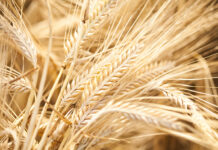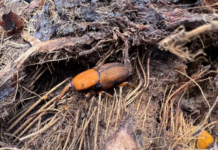Fertilizer prices are up. And climate change has resulted in higher temperatures and less rainfall in many parts of the world. In high-income countries, this can lead to higher prices. In low-income countries, it can mean hunger and malnutrition.
Diverse crops that rely on far less water that commodity crops and no or minimal chemical pesticides and fertilizers are a solution in countries seeking to end poverty and build climate resilience.
Take what’s happening in Kenya’s Busia and Simumu Counties. There, farmers in 22 villages have been introduced to horticultural crops such as tomatoes, watermelons, cowpeas, onions, green pepper, butternuts, eggplants and amaranth.
These crops are alternatives to corn and wheat, which use far more water than horticultural crops. It can be consumed by farm families, which improves nutrition and food security; while surplus is sold in local markets.
Further, this diverse produce can be grown with minimal or no chemical fertilizers, pesticides or herbicides. This reduces costs and increases profits. It also minimizes exposure to dangerous chemicals.
World Neighbors is the international development organization that works with local partners to help farmers grow more diverse crops and increase output and income.









[…] Source link […]
Comments are closed.